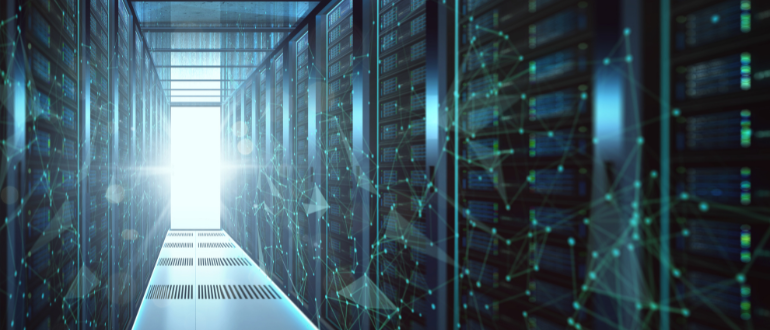
Nine years after SAP launched S/4HANA, enterprise adoption remains surprisingly sluggish. Only 39% of legacy SAP customers have purchased licenses for the newer platform as of late 2024, according to analysts. The reason? Moving SAP systems is complex, disruptive, and risky—these aren’t applications you can simply lift and shift.
SAP’s response has been to double down on Cloud ERP (formerly “Rise with SAP”), offering two distinct paths: a public SaaS edition for simpler deployments and a private edition for complex enterprises that need customizations and integrations.
But here’s where it gets interesting: HPE and SAP now offer a third option that challenges conventional cloud wisdom—running SAP Cloud ERP in your own data center.
The Customer Data Center Model
The Customer Data Center (CDC) approach, powered by HPE GreenLake’s infrastructure-as-a-service platform, lets enterprises deploy SAP Cloud ERP directly within their facilities. HPE provides the hardware, services, and support to SAP, which then delivers the complete platform to the customer.
It’s a model that caught the attention of Energy Transfer, a Fortune 100 pipeline company that handles a significant portion of North America’s hydrocarbon infrastructure.
Why Energy Transfer Stayed Put
Randall Grogan, Senior Director at Energy Transfer, explained his company’s decision during a recent Cloud Field Day presentation. Energy Transfer had already consolidated multiple SAP ECC instances and 50 other applications into a single S/4HANA deployment running on HPE hardware. When that infrastructure approached end-of-life in 2024, they faced a choice: migrate to a hyperscaler or embrace the CDC model.
They chose to stay in-house for four strategic reasons:
- Security imperatives: As critical infrastructure operators, Energy Transfer views their standalone data center as offering superior security control compared to shared public cloud environments. When you’re responsible for hydrocarbon transportation across North America, perceived security advantages matter.
- Latency requirements: Nearly 99% of Energy Transfer’s transactions originate from commercial systems that feed into SAP through synchronous, two-way communication. Predictable latency isn’t just nice to have—it’s essential for integration reliability.
- Existing infrastructure investment: Energy Transfer already operates a robust data center that serves as both a profit center and backup facility for pipeline control systems. Moving SAP elsewhere wouldn’t eliminate those costs.
- Control and governance: The company wanted to remain “first in line” for issue resolution rather than competing for attention in a hyperscaler environment. They also demanded contractual control over their data, particularly regarding AI training usage.
The Broader Appeal
Energy Transfer’s reasoning reflects concerns shared by many complex enterprises. The CDC model addresses several pain points:
Traditional cloud migrations often force companies to choose between control and cloud benefits. The CDC approach promises both—dedicated network paths, firewalls, and compute resources with cloud operational models.
SAP handles the infrastructure management, database administration, upgrades, and patching, freeing internal IT teams for strategic work. Yet customers retain control over upgrade timing, unlike automatic updates in public clouds.
The model also provides access to SAP’s innovation roadmap, including agentic AI capabilities, while keeping data within customer-controlled environments.
Flexibility in Transition
Perhaps most importantly, SAP now offers multiple entry points. Companies can “lift and shift” existing ECC or S/4HANA systems onto cloud ERP infrastructure without immediate functional changes. This approach lets organizations separate the infrastructure decision from the ERP modernization timeline.
The subscription model—while challenging for some CFOs accustomed to perpetual licenses—aligns with SAP’s strategic direction and the strategic shift by most enterprise software vendors.
Challenges Remain
The transition isn’t without complications. It requires strong executive alignment, resource allocation, and cultural adaptation to managed services. The shared responsibility model for security incidents means both SAP and customer teams must coordinate responses.
The Hybrid Reality
HPE and SAP’s partnership reflects a broader recognition that cloud strategy isn’t one-size-fits-all. Their “modern hybrid cloud” philosophy acknowledges that businesses need options to match workloads with appropriate infrastructure.
For large enterprises with complex requirements, regulatory constraints, or significant existing infrastructure investments, the CDC model offers a path to cloud ERP benefits without abandoning hard-won control and security advantages.
The slow S/4HANA adoption rate suggests traditional migration approaches weren’t working. By meeting customers where they are—literally, in their own data centers—SAP and HPE may have found a formula that resonates with enterprises that have been sitting on the sidelines.

